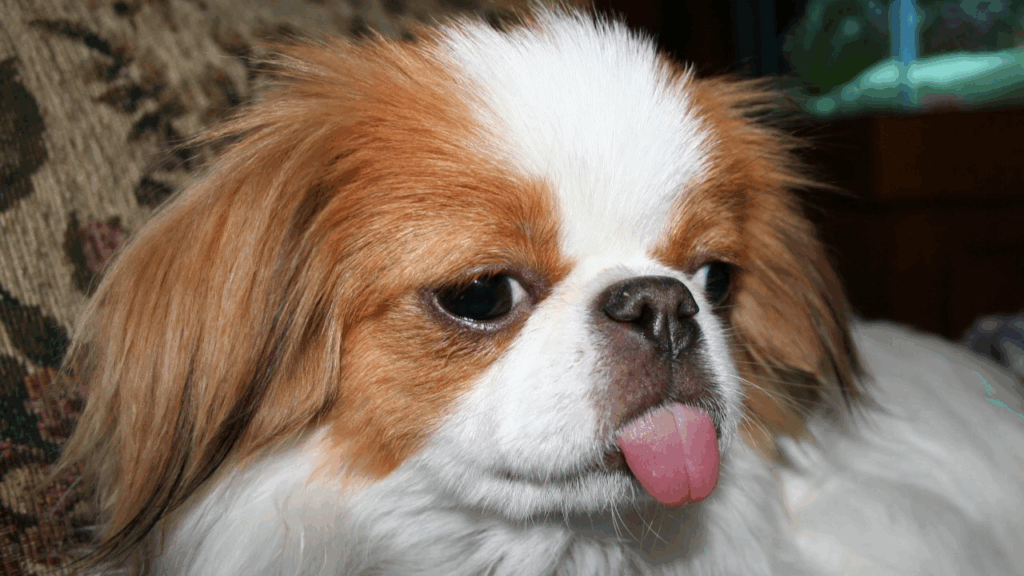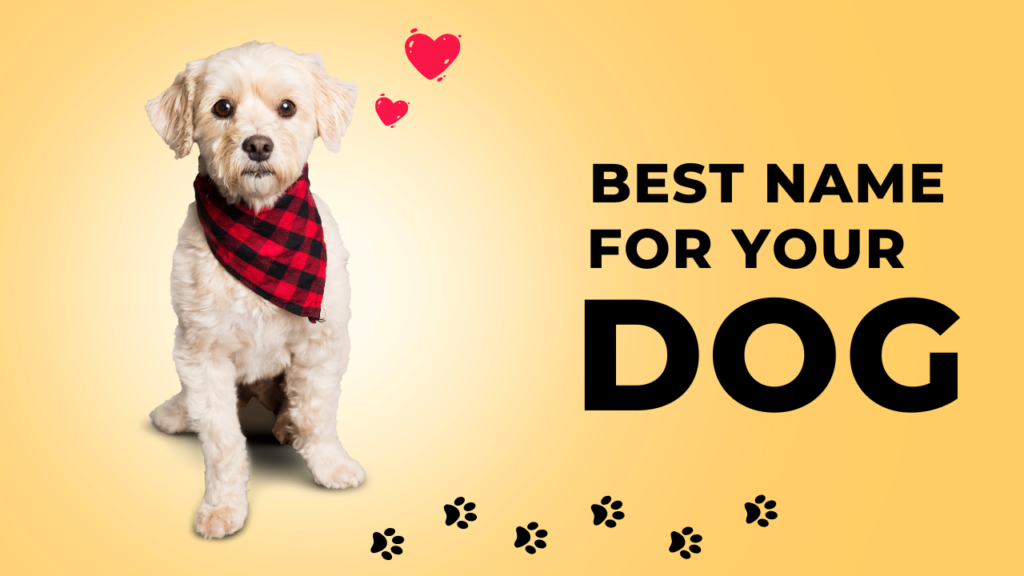Elegant, charming, and full of personality, the Japanese Chin is a toy breed with a long and storied history. Revered for centuries in the imperial courts of Japan and China, this little dog has won hearts with its expressive eyes, graceful demeanor, and affectionate nature. Though small in size, the Japanese Chin carries itself with the poise and pride of a noble companion, exuding both dignity and playfulness.
Origins and History
Despite the name, the Japanese Chin likely originated in China, where toy breeds were often bred for royal households. It is believed that the Chin was introduced to Japan as a gift from Chinese royalty or Buddhist monks between the 6th and 8th centuries. Once in Japan, the breed was refined by Japanese nobility and became an exclusive companion of the imperial family and high-ranking aristocrats.
Unlike other dogs kept for work or hunting, the Japanese Chin was bred solely for companionship. In fact, these dogs were often carried in the sleeves of kimonos and pampered in palaces, which explains their delicate frame and dignified air. The breed made its way to the West in the 19th century and quickly gained popularity among European royalty, including Queen Alexandra of England.
Appearance and Physical Traits
The Japanese Chin is a dainty, squarely built toy breed with a luxurious coat and a distinctive, expressive face. Its large, wide-set eyes give it an almost human-like gaze, full of intelligence and curiosity.
Key physical features:
- Height: 8 to 11 inches
- Weight: 4 to 11 pounds
- Coat: Long, silky, and straight with a thick mane around the neck and feathering on the ears, legs, and tail
- Colors: Black and white, red and white, or black and white with tan points
- Tail: Plumed and arched over the back
- Face: Short, broad muzzle with a slight upturn and a distinctive “Oriental expression”
The Chin’s unique appearance is part of its charm, with every aspect reflecting elegance and refinement.
Temperament and Personality
The Japanese Chin is often described as “cat-like” in personality—graceful, independent, and occasionally aloof. However, this breed is also deeply affectionate, forming strong bonds with its family and enjoying cuddles and companionship.
Notable traits include:
- Gentle and affectionate: Loves to be close to its owner
- Quiet and refined: Not prone to excessive barking
- Alert and intelligent: Notices everything in its environment
- Playful but not hyperactive: Enjoys short play sessions
- Independent yet loyal: Can entertain itself but values time with its human
The Chin has a natural sensitivity and seems to respond to its owner’s emotions, making it an excellent companion for quiet households or individuals seeking a low-key but loving pet.
Living Environment
Japanese Chins adapt well to a variety of living situations, from apartments to larger homes. Their small size and moderate activity needs make them especially well-suited to city life.
Ideal home conditions:
- Indoor living with limited exposure to rough play or harsh weather
- A calm environment with gentle children or adults
- Supervision around small children due to the dog’s delicate frame
They are not outdoor dogs and should never be left alone in the yard for extended periods.
Exercise and Activity Needs
Despite their royal heritage, Japanese Chins are not lazy. They enjoy short walks and interactive indoor play but don’t require extensive exercise.
Daily needs include:
- A couple of short walks or play sessions
- Toys or games to stimulate the mind
- Time to explore new smells and surroundings (always supervised)
Because of their small size and brachycephalic (short-nosed) face, Chins should avoid intense activity during hot or humid weather.
Grooming and Care
The Japanese Chin has a long, silky coat that looks high-maintenance but is surprisingly easy to care for.
Grooming tips:
- Brush 2–3 times a week to prevent tangles and remove loose hair
- Clean the eyes and face regularly, as the prominent eyes are prone to tear staining
- Bathe as needed—usually once every few weeks
- Trim nails and maintain dental hygiene
This breed is naturally clean and doesn’t have a strong doggy odor.
Health and Lifespan
With proper care, Japanese Chins live about 10 to 14 years. However, like many toy breeds, they are prone to some health issues.
Common health concerns:
- Heart murmurs or mitral valve disease
- Patellar luxation (slipping kneecaps)
- Eye problems like cataracts or dry eye
- Breathing issues due to their short muzzle
Regular vet checkups and a healthy diet can help manage and prevent many of these conditions.
Conclusion
The Japanese Chin is a small dog with a grand presence. Regal in appearance but affectionate at heart, it’s a breed that offers companionship, charm, and character in equal measure. Ideal for those seeking a quiet, graceful pet, the Chin requires little more than love, comfort, and the occasional brush to thrive. In return, it offers years of loyal devotion, gentle affection, and the elegant poise of a true aristocrat.

Andy Parker is a dog lover, writer, and senior editor at BarkPicks. With years of experience covering canine health, training, and gear, he helps pet parents make smarter choices for happier, healthier dogs. Andy shares his home (and heart) with two rescue pups, Charlie and Mia.



